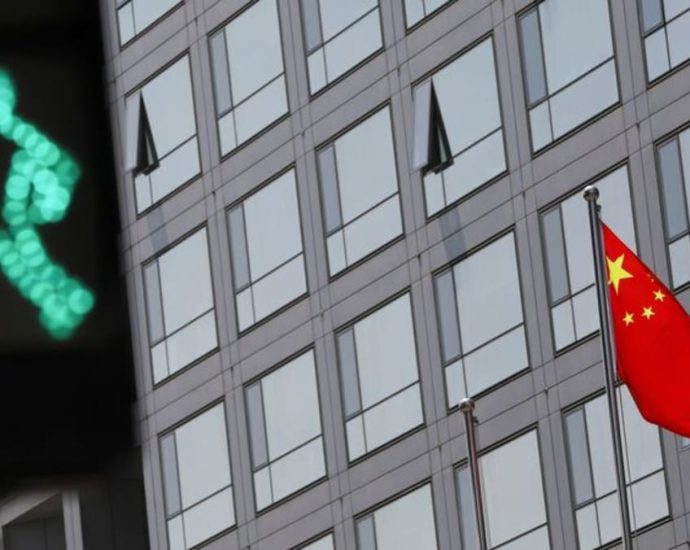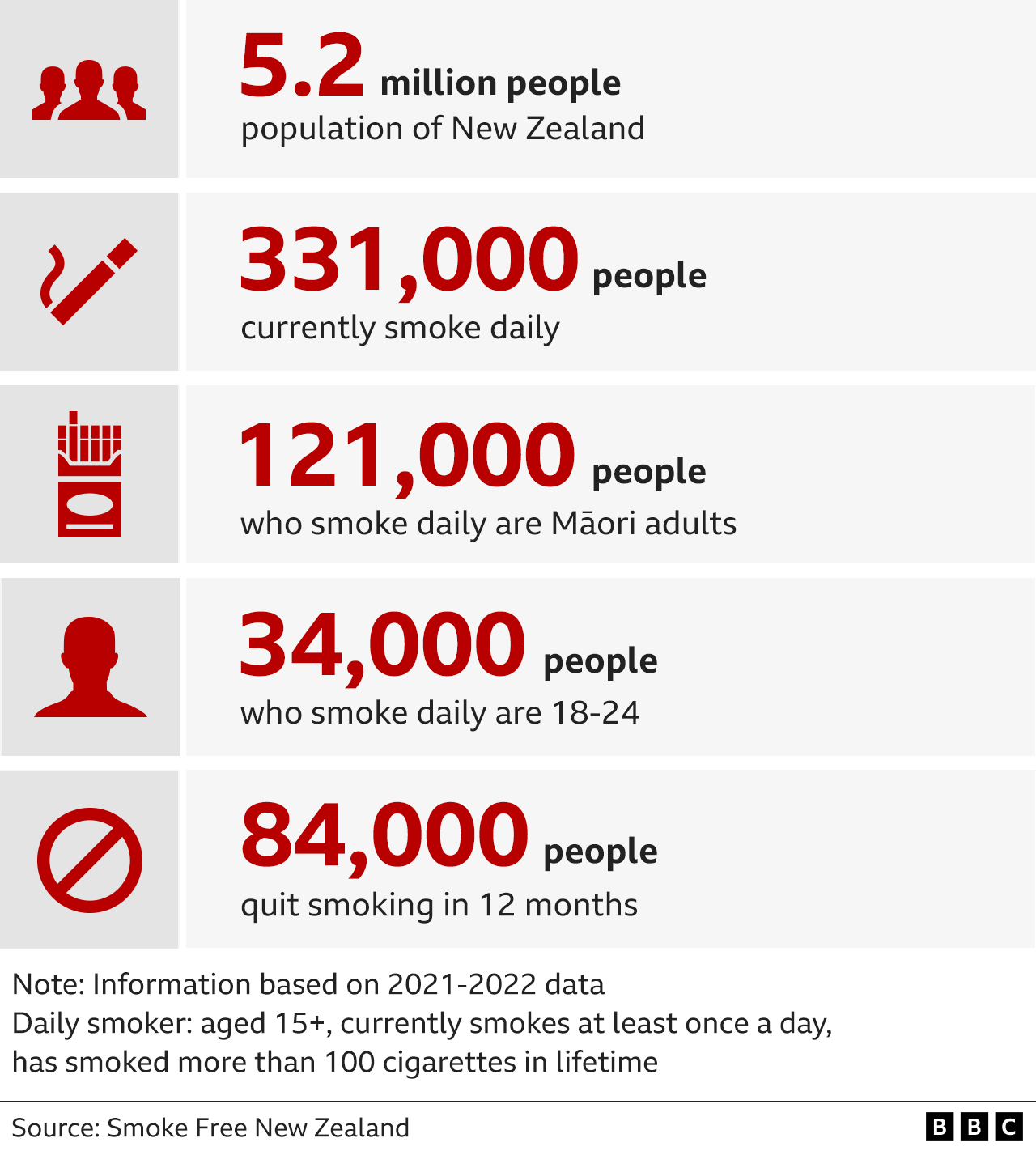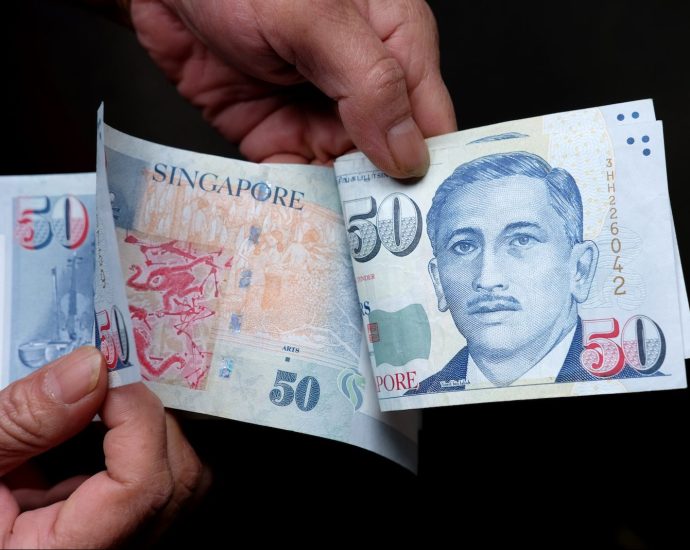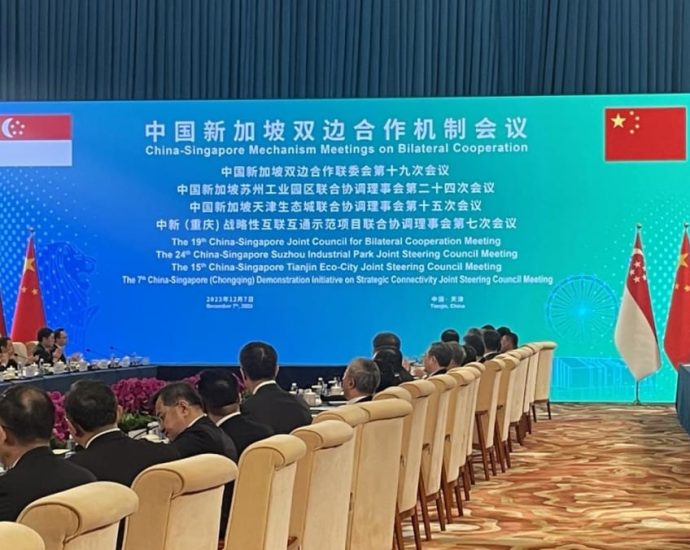Anwar to help or hurt Malaysia’s sons of the soil?
Ethnic Malay interests remain front and center in Prime Minister Anwar Ibrahim’s Malaysia Madani. An uptick in ethnic polarization and a poor showing by parties from Anwar’s unity government in Malay-majority seats in 2023’s state elections leave the administration under pressure to shore up Malay support.
To that end, the Malaysian government will be wheeling out a Bumiputera economic congress in January 2024 (Bumiputera, meaning “sons of the soil” in Malay, is an official term for Malays and indigenous ethnic communities).
Decades after the inception of the New Economic Policy affirmative action program and its various reincarnations, Anwar has flagged the need to review the use of Malay corporate equity as the yardstick of Bumiputera empowerment and move towards a “participation rate and […] control of the Bumiputera economy [that are] more meaningful.”
This is a step in the right direction. Malaysia’s muddled Bumiputera empowerment plans and metrics are in dire need of change. Championing Malay corporate equity is historically synonymous with Bumiputera empowerment. However, the approach fails to empower the Malay majority and side-lines vulnerable communities while enriching the politically connected.
Yet the recent uproar over the arranged sale of Boustead Plantations (BPlant) — a Bumiputera government-linked company (or GLC, denoting part or whole state ownership) — to the primarily Malaysian Chinese–owned multinational company Kuala Lumpur Kepong suggests two things.
First, securing buy-in for non-equity metrics will be an uphill battle because of political sensitivities. Second, significant issues, such as the principal-agent problem in Bumiputera empowerment agendas, remain unaddressed.
The government extended financial lifelines to the Armed Forces Fund Board (LTAT) in October 2023. LTAT is a government-linked investment company (GLIC) legally mandated to provide retirement earnings to Malaysia’s military personnel through profits generated via the GLCs in which it — or LTAT’s holding company Boustead Holdings — holds stakes.
The roster of GLCs includes BPlant, Boustead Naval Shipyards and Pharmaniaga — all of which have added to LTAT’s financial woes by underperforming, due to mismanagement and corruption.
Successive CEOs have undertaken asset fire-sales and divestments to alleviate LTAT’s debts and improve cash flow, most recently through BPlant’s sale to Kuala Lumpur Kepong. But this acquisition was canceled at the last minute.
While LTAT did not clarify why, several factors suggest that racial optics deterred the acquisition. Meanwhile, the 2024 Budget notes that the government’s 2 billion ringgit (US$428 million) guarantee, part of which is meant to rehabilitate BPlant, is linked to the Bumiputera agenda as an attempt to burnish the Anwar administration’s Bumiputera-protection credentials.
Members of parliament have vocally criticized this “bail-out“, asking who is accountable for LTAT’s mismanagement, why taxpayer funds are being channeled to Boustead Holdings, and why BPlant was not sold to a lower Bumiputera bid.
These are important questions. They scrutinize fiscal management decisions, move towards redress for poor GLC governance and reflect democratic policymaking. But this focus skirts around a key force shaping the event. Despite protracted debate, few — if any — are asking what protecting Bumiputera interests means in this case, and whether it should be done.
This is a classic example of the principal-agent problem, wherein conflicts of interest arise between the represented party and their elected representatives. Elevated Malay insecurity makes questioning Bumiputera interests risky. But the irony is that if lawmakers fail to question whether Bumiputera interests are misrepresented, they are not looking out for those interests.
Again, there may have been no good options in rehabilitating LTAT and its holdings, with Kuala Lumpur Kepong or otherwise. But absent such a debate and government communication on these matters, it is unclear what fuzzy terms around saving LTAT and its holdings for the Bumiputera agenda actually entail, or whether they even serve those interests.
GLC reforms — such as an independent panel to oversee how the Ministry of Finance governs the many GLICs and GLCs under its purview — are necessary. But a hard look at the untouchable loopholes of Malaysia’s political economy is too.
Without parameters for exceptions such as Bumiputera interests, the cycle of propping up underperforming entities and avoiding reforms that appear — but may not actually be — hostile to Bumiputera interests will be perpetuated.
Constrained policy space and limited scope for Bumiputera interests may be a hard sell to the Malay majority. But reining in careless invocation and abuse of the concept is not without benefit to the Bumiputera empowerment agenda itself.
There is also a case to be made for greater political will to question Bumiputera interests. This could force more thorough assessments of whether politicians are assisting Bumiputera interests or misrepresenting them while smuggling in other policies.
Greater scrutiny may also facilitate structural reforms by offering different perspectives that dissemble more problematic Bumiputera protection practices, such as the Malay corporate equity benchmark the Anwar administration is seeking to review.
Amalina Anuar is an independent research analyst based in Malaysia.
This article was originally published by East Asia Forum and is republished under a Creative Commons license.

























